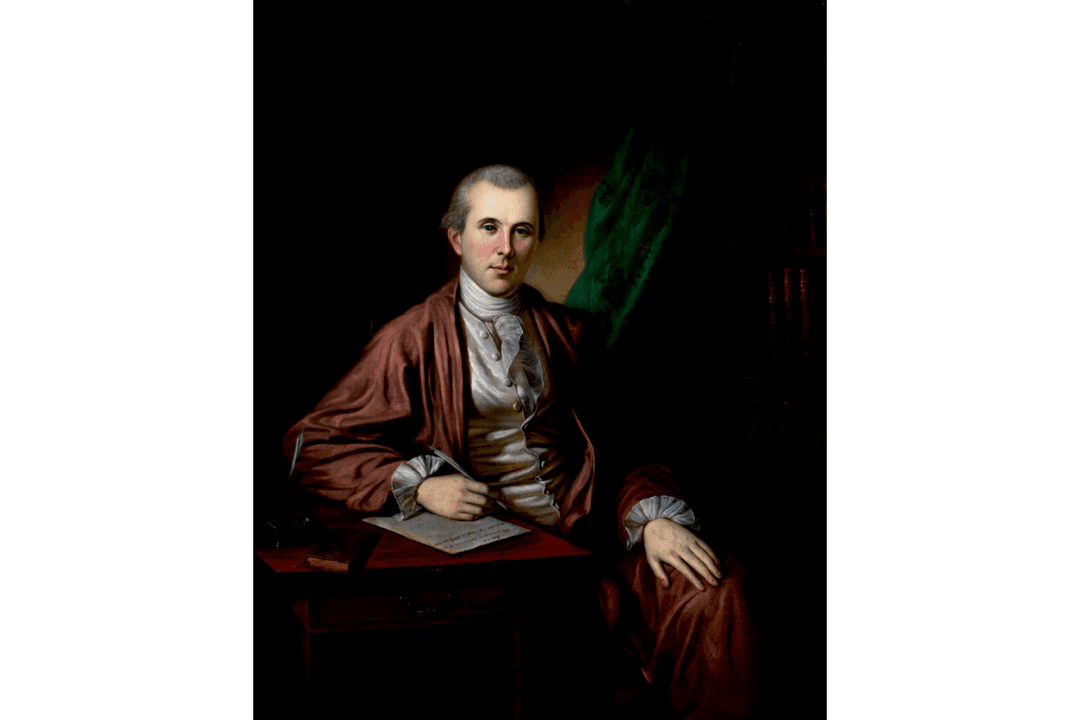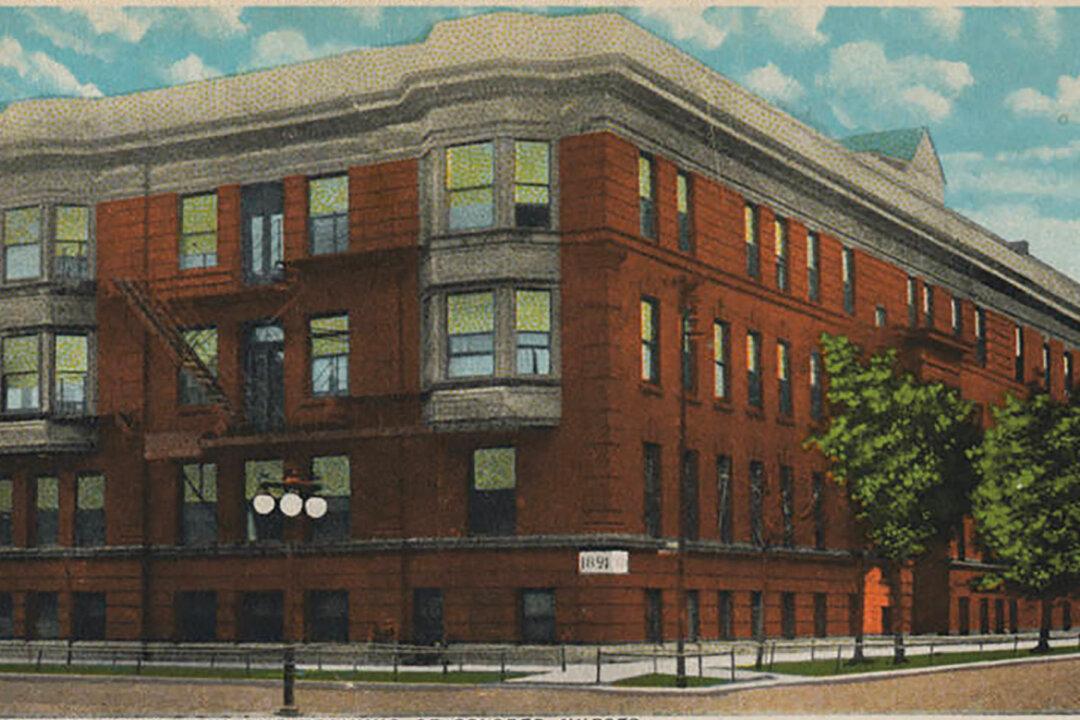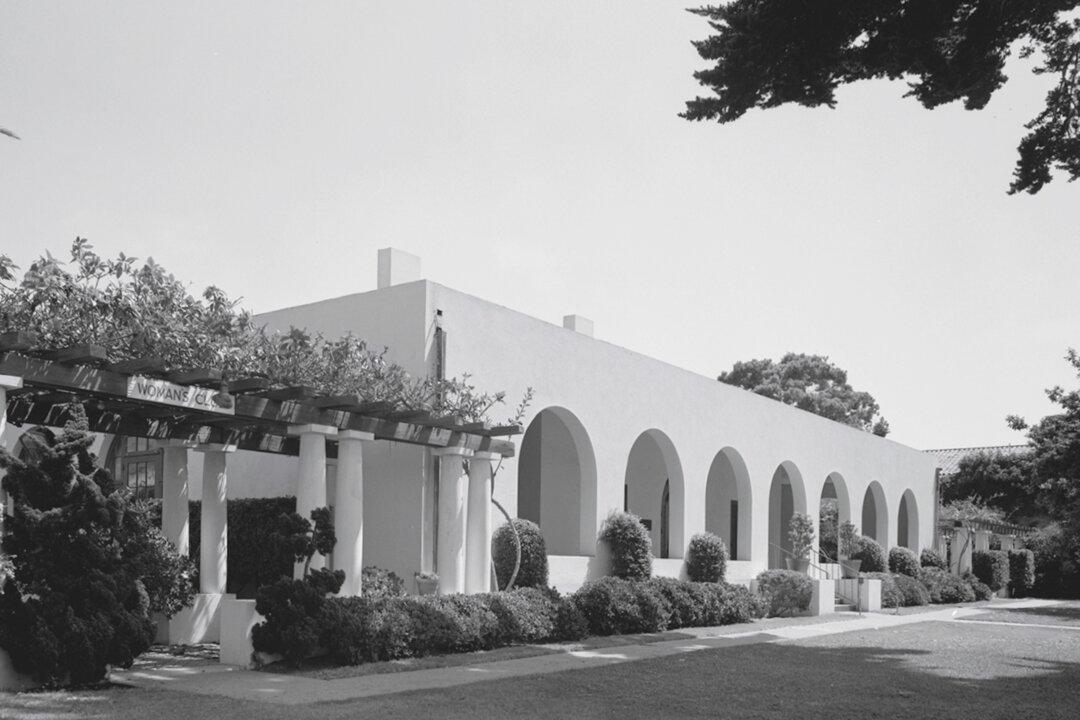The cruel Pyrenees Mountains stared down at Virginia Hall in November 1942. As a spy for Britain’s Special Operations Executive (SOE), Hall had risked her life gathering information and establishing safe houses for downed Royal Air Force (RAF) pilots. Though this brave American woman had operated for over a year out of the French city of Lyon, much longer than most spies, now her cover was blown. Losing her left leg in a hunting accident years earlier made the normally treacherous trek from France into Spain even more difficult for Hall. Her hip ached, what was left of her leg bled, and her prosthetic leg—which she called Cuthbert—was falling apart.
“Cuthbert is being tiresome, but I can cope,” she radioed London during her climb.





